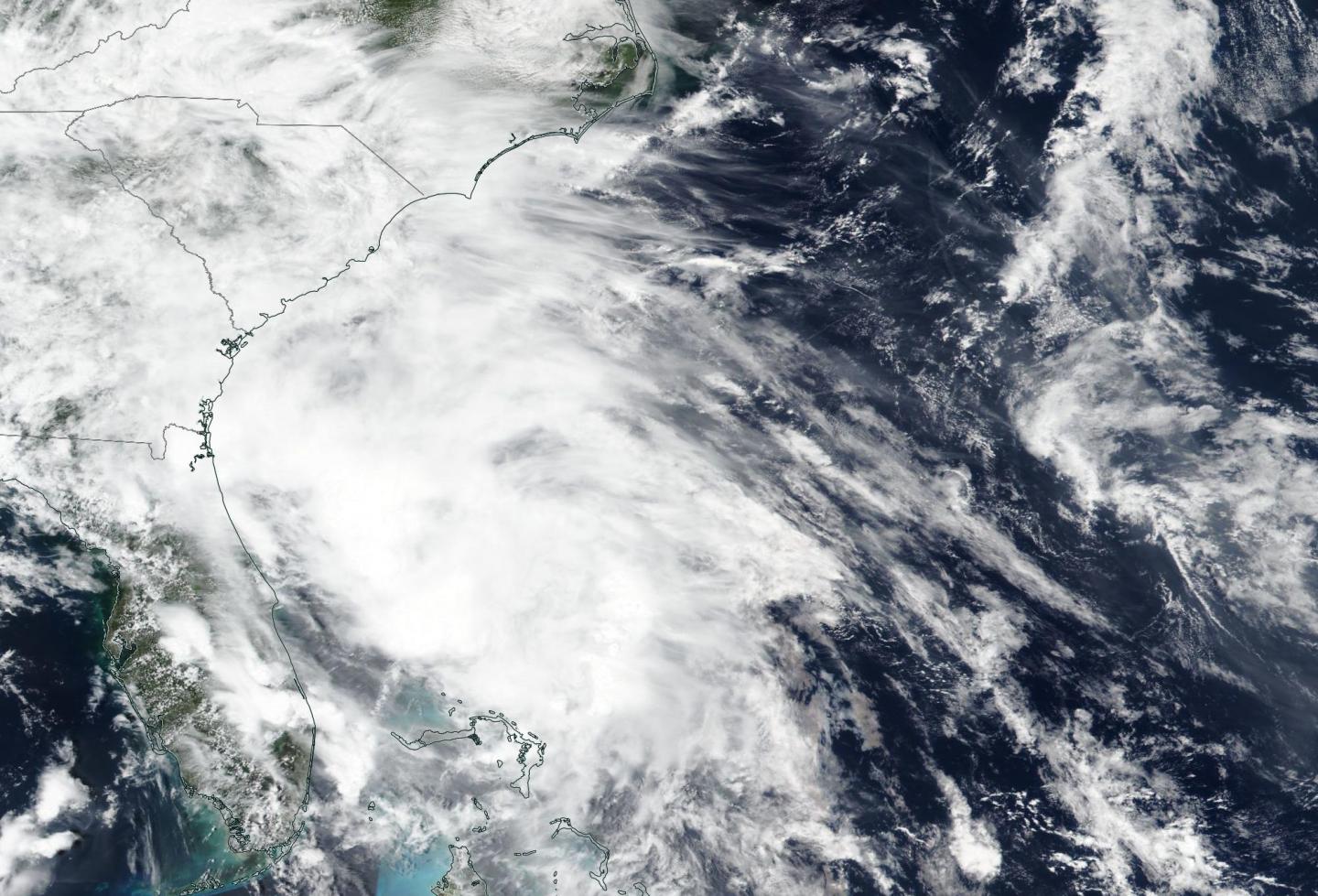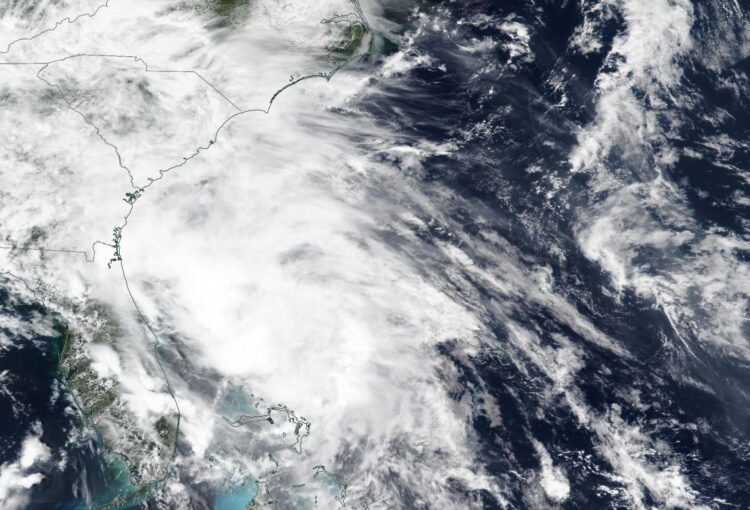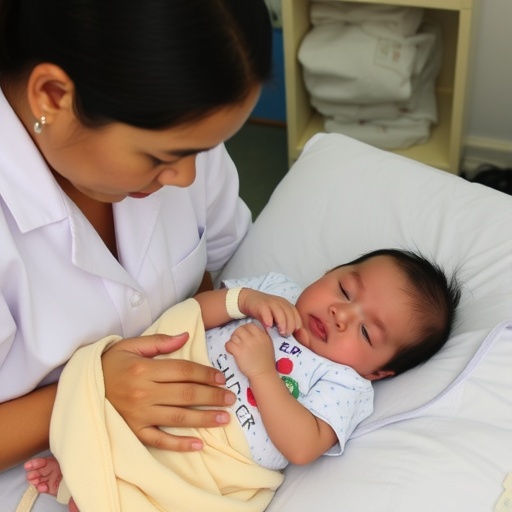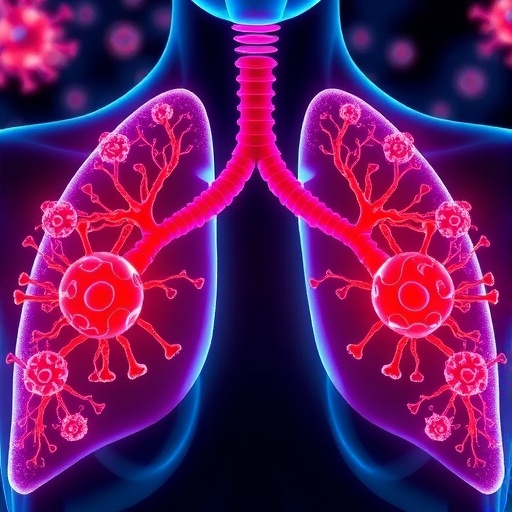
Credit: Credit: NASA Worldview, Earth Observing System Data and Information System (EOSDIS)
The second tropical storm of the North Atlantic Ocean hurricane season has formed off the coast of South Carolina. NASA-NOAA’s Suomi NPP satellite provided forecasters with a visible image of Tropical Storm Bertha as it was organizing.
On May 27, NOAA’s National Hurricane Center (NHC) issued a Tropical Storm Warning in effect from Edisto Beach, SC to South Santee River, SC.
The Visible Infrared Imaging Radiometer Suite (VIIRS) instrument aboard Suomi NPP provided a visible image of developing Tropical Storm Bertha late on May 26. The imagery showed strong thunderstorms were circling the center of circulation.
Satellite imagery on May 27 at 8:30 a.m. EDT showed the area of disturbed weather that NHC has been tracking over the past day or so quickly became better organized. The circulation had become better defined and the center had reformed beneath the area of deep convection. Those strongest storms were located just off the South Carolina coast.
At 8:30 a.m. EDT (1230 UTC), the center of Tropical Storm Bertha was located near latitude 32.7 degrees north and longitude 79.4 degrees west. Bertha’s center of circulation was just 30 miles (50 km) east-southeast of Charleston, South Carolina.
Bertha is moving toward the northwest near 9 mph (15 kph) and this motion is expected to continue through tonight. Maximum sustained winds are near 45 mph (75 kph) with higher gusts. Bertha is expected to weaken to a tropical depression after moving inland and become a remnant low tonight. The estimated minimum central pressure is 1009 millibars.
Bertha is expected to produce total rain accumulation of 2 to 4 inches with isolated totals of 8 inches across eastern and central South Carolina into west central to far southeastern North Carolina and southwest Virginia. This rainfall may produce life-threatening flash flooding.
NHC said, “The system will be moving inland very shortly and little, if any, additional strengthening is expected. Once inland, the small tropical cyclone should weaken rapidly and dissipate over central North Carolina on Thursday [May 28].”
Tropical cyclones/hurricanes are the most powerful weather events on Earth. NASA’s expertise in space and scientific exploration contributes to essential services provided to the American people by other federal agencies, such as hurricane weather forecasting.
###
Media Contact
Rob Gutro
[email protected]
Original Source
https:/





